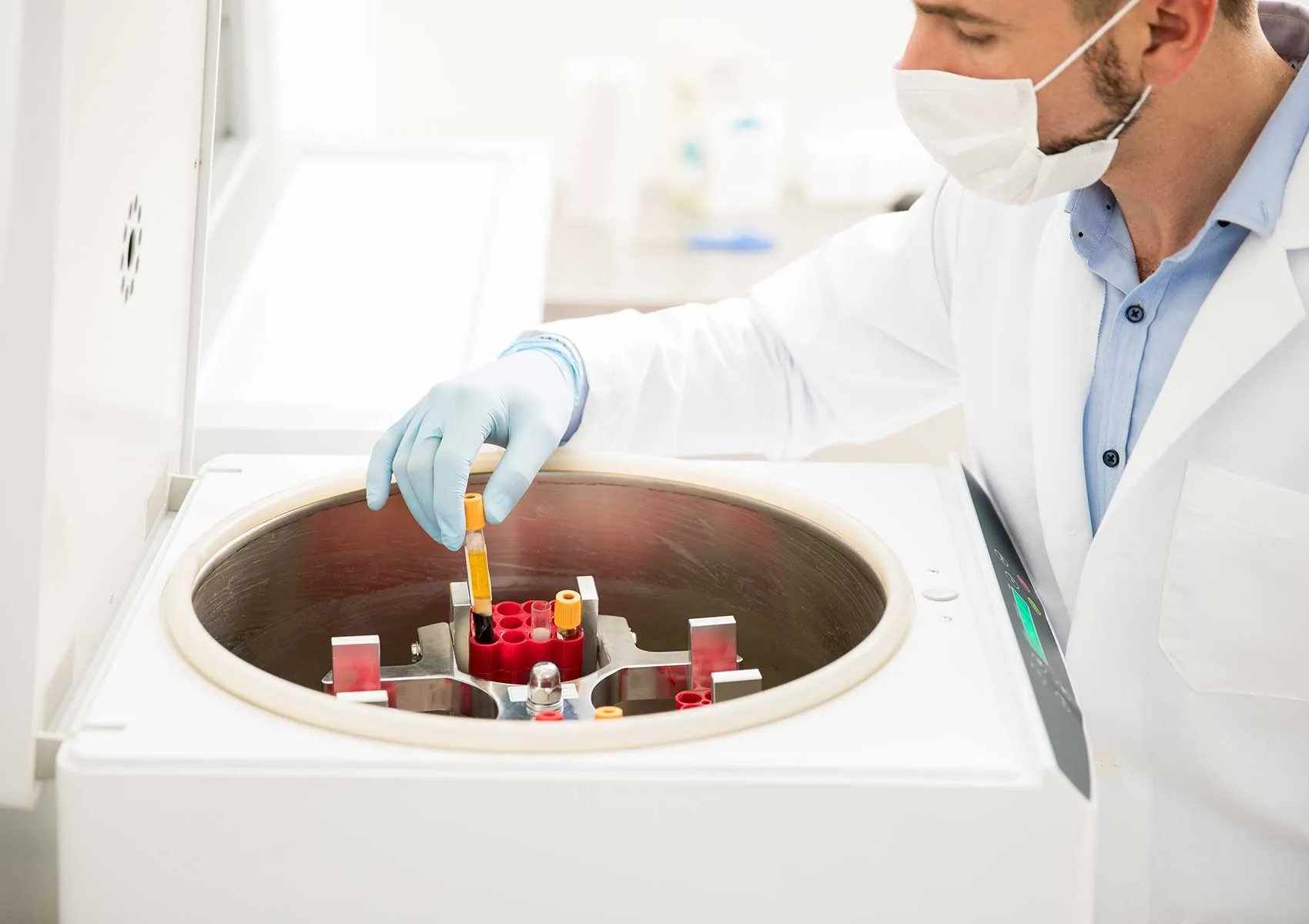PRP and Stem Cell Non-Surgical Joint Treatments
Non-surgical methods are increasingly gaining importance in treating joint diseases. PRP and stem cell therapies offer effective options by supporting natural healing processes, reducing pain, and minimizing functional loss.
Joint diseases and injuries are common health issues, especially among athletes and individuals leading active lifestyles. Traditional treatment methods mainly involve surgical interventions or long-term medication use. In recent years, however, non-surgical approaches such as PRP (Platelet Rich Plasma) and stem cell therapies have taken a more prominent role in clinical practice. These modern treatments, which are areas of expertise for Prof. Dr. Gökhan Polat, activate the body's natural healing mechanisms to alleviate pain, improve function, and repair joint damage.
The Fundamental Principles of PRP Therapy
PRP therapy is based on injecting platelet-rich plasma, derived from the patient’s own blood, into or around the affected joint. Platelets are cell fragments rich in growth factors and cytokines that play critical roles in tissue repair and regeneration. PRP accelerates the tissue healing process, reduces inflammation, and may support new cartilage formation.
PRP is commonly applied to large joints such as the knee, hip, and shoulder for conditions including osteoarthritis, meniscal injuries, tendon, and ligament damage. Outcomes vary depending on factors such as patient age, the extent of joint damage, and overall health, but numerous studies have demonstrated significant benefits in pain relief and quality of life improvement.
The Role of Stem Cell Therapy
Stem cell therapy utilizes cells with the ability to self-renew and differentiate into various cell types. In orthopedic applications, mesenchymal stem cells are typically harvested from the patient’s bone marrow or adipose tissue. These cells are injected directly into the damaged joint to promote the repair of destroyed cartilage and ligament tissues.
Due to its broader regenerative potential, stem cell therapy shows promise for chronic and progressive conditions such as joint osteoarthritis. Clinical experiences indicate that appropriately selected cases can benefit from reduced pain and improved joint function through stem cell treatment.
Applications and Selection Criteria for Treatments
Non-surgical joint therapies are particularly effective in early to moderate stages of joint disease. PRP is used primarily to accelerate recovery after sports injuries and aid the healing of tendons and ligaments, whereas stem cell therapy is more often applied to cases with destructive joint changes.
Treatment choice depends on the patient's clinical condition, age, physical activity level, and the type and severity of damage, as assessed by an orthopedic specialist. PRP and stem cell therapies may be administered alone or combined with other physical therapy methods and rehabilitation programs.
Procedure and Post-Treatment Care
PRP and stem cell procedures are usually performed under local anesthesia and sterile conditions. Patients can return home on the same day. Mild pain and swelling may occur during the first week but typically resolve quickly. Post-treatment physical therapy exercises and lifestyle adjustments support the healing process.
Scientific Evidence and Current Research
Numerous clinical studies in the literature demonstrate the efficacy of PRP and stem cell treatments. Meta-analyses show that PRP provides significantly better pain relief and functional improvement compared to placebo or other medications in osteoarthritis and tendon injuries. Early research on stem cell therapies is promising, with more definitive results expected from long-term follow-ups.
Standardization of treatment protocols, including cell types, dosages, and injection techniques, remains necessary. While the safety profile is generally high, thorough evaluation and patient education are important before starting these treatments.
Professional Approach and Patient Selection
Non-surgical joint therapies offer patients lower risk and shorter recovery times compared to surgery because they are minimally invasive. However, they are not suitable for every patient; advanced joint damage or other orthopedic issues may require surgical options.
In Prof. Dr. Gökhan Polat’s clinical practice, these treatments form part of a multidisciplinary approach aimed at improving patient quality of life, with personalized treatment plans to achieve the best outcomes.
Overall, PRP and stem cell therapies have become essential components of regenerative medicine in orthopedics and continue to evolve as reliable and effective treatment options through advancing technology and scientific research.
FAQ
-
What joint problems is PRP therapy used for?
PRP therapy is used for various joint issues such as knee and hip osteoarthritis, tendon and ligament injuries, and meniscal tears to reduce pain and support healing.
-
Can stem cell therapy replace surgery?
Stem cell therapy may be a non-surgical option in early to moderate joint damage but surgical intervention might be necessary in advanced or complex cases.
-
What is the recovery process like after treatment?
Typically, mild pain and swelling occur shortly after treatment, and patients can return to daily activities within a few days. Rehabilitation programs help support recovery.
-
Are there side effects from these treatments?
Serious side effects are rare because the treatments use the patient’s own tissues. Risks of infection and allergic reactions are very low.
-
How soon do treatment results appear?
Pain relief and functional improvement usually start within 4-6 weeks, with full effects potentially taking several months.

